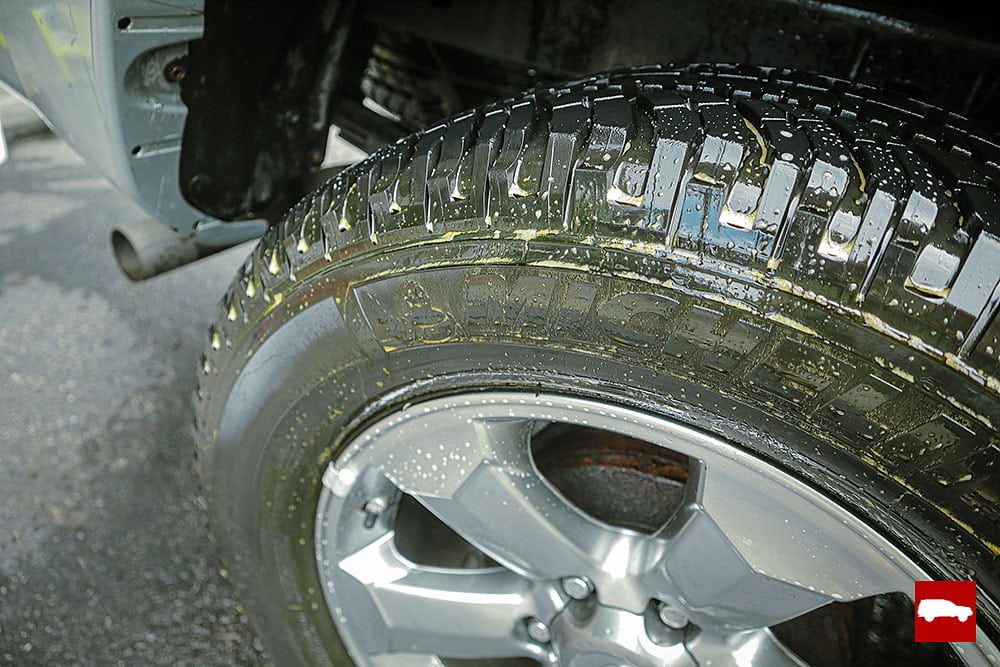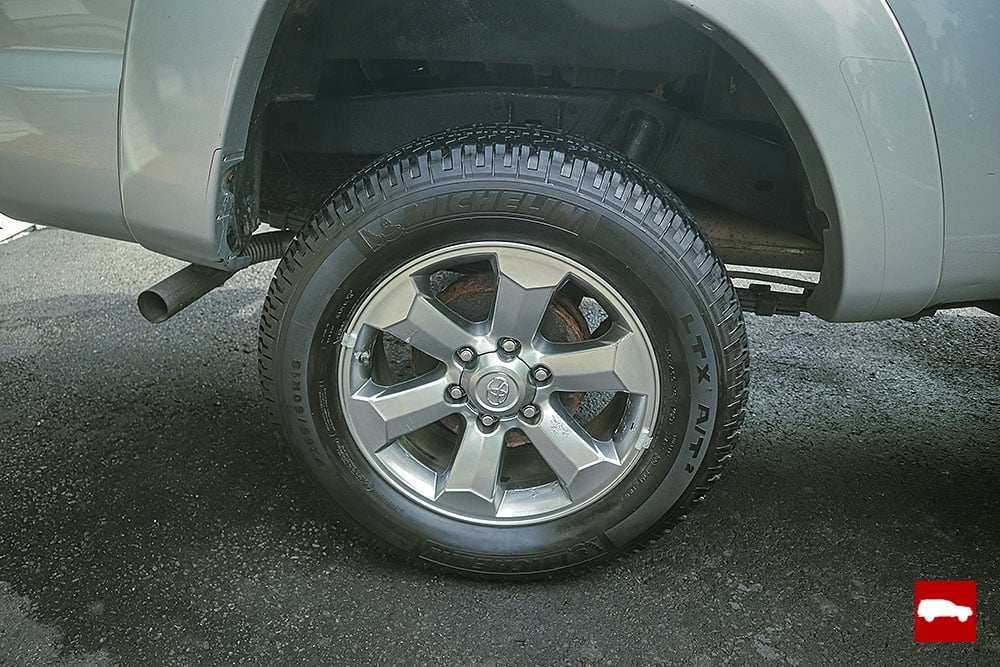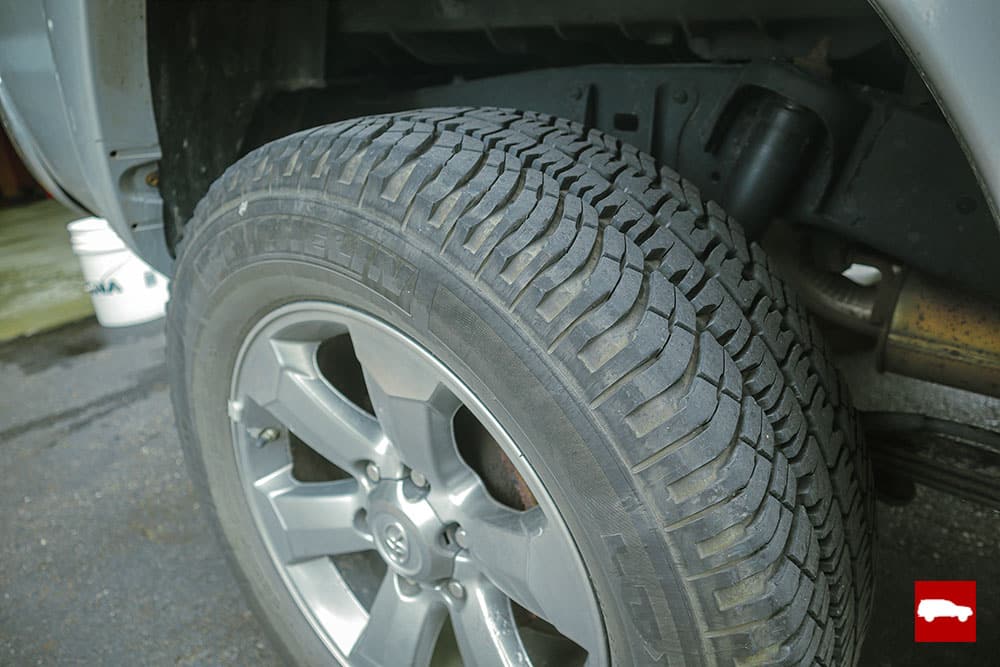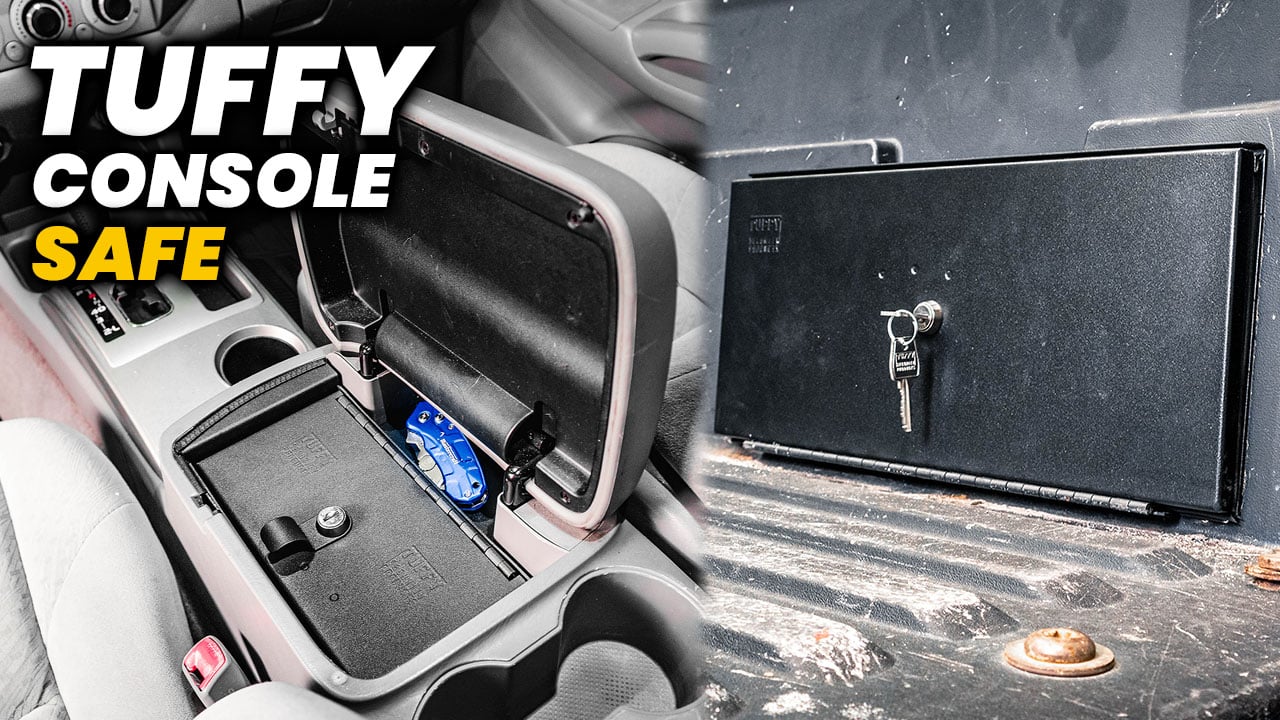It can be disheartening to spend an entire Saturday making sure your pride and joy is looking its very best, only to notice your tires look like they’ve been through a mud puddle. You and I both know you wouldn’t do that, so unless you “sleep-drive” or your car was stolen, this can’t be mud.
It’s actually something called tire blooming. Although you’re frustrated by having to scrub your tires again, by the end of this article you will actually be thankful they turn brown over time. Don’t believe me? I thought you might be skeptical. Thanks to chemists from more than 100 years ago, blooming actually allows your tires to last as long as they do.
A brown stain on the sidewall of a tire is commonly referred to as “tire blooming”. Antiozonants are added to the rubber during the manufacturing process to help the tire last longer. When it rises to the surface over time, it turns the rubber brown. This can be scrubbed off with a tire cleaner.
I’m getting ahead of myself though, let’s dive into tire blooming. We’ll talk about what it is, what it isn’t, why it happens, and how to minimize the unsightly effects that naturally occur in modern tires. But first, let’s confront a very popular myth:

Silicone-based tire shine is NOT the reason your tires turn brown
While silicone tire dressings do allow dust and dirt to stick to the sidewall of your tires, this is not the reason your tires turn brown. Anything stuck to your sidewall due to a clingy tire dressing can fairly easily be removed.
Likewise, silicone-based tire dressings are easily removable. All it takes is a tire brush and an all-purpose cleaner or degreaser. A couple of squirts of product, a little scrubbing and rinse away the old tire dressing. After removing your tire dressing you might notice the tire is still brown. This is because you’ve removed the tire dressing but haven’t actually cleaned the rubber itself.
The wheels on our cars tend to become dirty over time, especially the front wheels. This is due to the brake pads wearing away and turning into brake dust that settles on the wheels. Although this does settle on the tires as well this is also not the cause of our tires turning brown over time.

Tire blooming and what causes it – The science:
Tire blooming is actually a good thing. It might cause your tires to look dull and ugly, but it also lengthens their lifespan.
In the late 19th century and early 20th century, scientists realized natural rubber did not last very long and would break down and become soft and tacky. They determined this happened when the rubber was exposed to oxygen. That’s a pretty big issue considering it’s nearly impossible not to come into contact with oxygen.
So they developed coatings to prevent oxidation. This was only a temporary fix though – once the coating was scratched or rubbed off the rubber would fail. To fix this they incorporated the compounds into the rubber itself when mixing a batch.

All was well in the rubber industry for a while but something else was causing failures with rubber products that were stored for long periods of time. This mostly affected the tire business – tires that were stored for a long period of time before being mounted on wheels would fail prematurely.
The chemists studied this type of early failure and found ozone to be the culprit. To mitigate this issue they added antiozonants to the rubber as well as antioxidants. These compounds tend to work their way to the surface of your tire causing them to turn brown or “bloom”.
See, I told you this was actually a good thing! Thanks to chemists we now have tires with a longer shelf life and service life. A little unsightly browning is a small price to pay for longevity and safety. Wouldn’t you agree?
How to remove tire blooming properly
Lucky for us, tire blooming isn’t difficult to remove and adds minimal time and effort to your regular maintenance washes. You’ll need a few tools and products to tackle this job.
You’ll need a bucket for your brushes and wheel cleaner. A specific wheel cleaner and a separate tire cleaner like ReTyre from CarPro. I mentioned wheel cleaner because it makes sense to clean the tires during your regular maintenance wash. A pressure washer will make this easier but a simple garden hose will get the job done.
I like to wash the wheels and tires before I wash the paint. This way I’m not allowing the paint to air dry as this will cause water spots that are difficult to remove. Begin by rinsing the wheel wells, tire, and rim.

Apply a generous amount of tire cleaner and let it sit for 20 seconds or whatever the product directions recommend. Agitate the product with your stiff bristled brush and rinse thoroughly. I’ve noticed a second and even third application is necessary in some cases. I can’t tell you how many times I’ve been drying the wheels only to realize I didn’t get rid of all the blooming.
I’ve then had to go back and try to spot clean the tire in order to keep the wheel and surrounding bodywork clean and dry or I’ve had to re-scrub the tire causing water to splash on the paint and cover the wheels. This has added frustration and time to more projects than I’d like to admit. Save yourself the hassle and learn from my mistakes.
Keep spraying, scrubbing, and rinsing until the suds on the tire are white instead of brown or yellow. Now the tire is clean.
A wet tire can hide a little bit of blooming, so it can be helpful to dry the tire off quickly with compressed air to examine your work before moving on to the next wheel. Five extra minutes at this stage can save you a lot of time, work, and frustration later on.
Is it possible to prevent your tires from turning brown?
The short answer is no, you’ll never completely eliminate the tire blooming since it’s part of the chemical makeup of a tire. Reminding yourself of what’s happening when your tire turns brown might help to relieve some of your frustrations.
Proper maintenance is your best chance at keeping your tires a deep rich black. Add some protection on top of that and you have a winning recipe. If dust and dirt clinging to your tires is enough to drive you crazy try using a water-based tire dressing instead of a silicone product.
Tire coatings are another promising product. Even though they are relatively new, we’re already seeing a lot of good results. With claims of up to six months of protection, it may be something you consider adding to your bi-annual detailing regimen.
The reason a tire dressing or coating will prevent blooming from taking place is because the dressing or coating forms a barrier between the tire and the air and water it normally comes into contact with. If the rubber isn’t directly exposed to oxygen and ozone the reaction doesn’t take place.

Does this mean a well-protected tire won’t bloom at all? It’s not likely that you’ll ever completely eliminate tire bloom but it’s one of those situations where an ounce of prevention is worth a pound of cure.
Similar to the move from waxes and sealants to coatings used on the paint, a tire coating requires a bit more preparation but the results speak for themselves. It’s recommended to remove your wheels when applying a coating.
You’ll also want to be extra sure to clean your tire thoroughly to give the coating a proper surface to adhere to. Since you’re dealing with a coating that likely contains solvents, be sure to only apply the coating where it is desired.
It can be beneficial to tape off the wheel before applying the coating. If you accidentally get some of the coating on the wheel be sure to wipe it off quickly or you will have a “high spot” on your wheel.
If allowed to cure, machine polishing is the only way to remove the coating. If you’re working with matte wheels the coating will be semi-permanent since polishing a matte paint will make it glossy. The coating may wear off, but it will likely take months if not years for that to happen.
Conclusion
Tire blooming can be annoying, but it’s a necessary evil in regards to our cars’ tires lasting for years. All it takes is some scrubbing with a brush and tire cleaner and your sidewalls will be back to black – until the next time the antiozonants decide to work their way up to the surface!

Jeremy got his start in the automotive industry in 2012 as a detailer. He also tried sales and a role in the service department at a Chrysler dealership before deciding to become an automotive technician for Volkswagen. Read more about Jeremy:





Leave a Reply